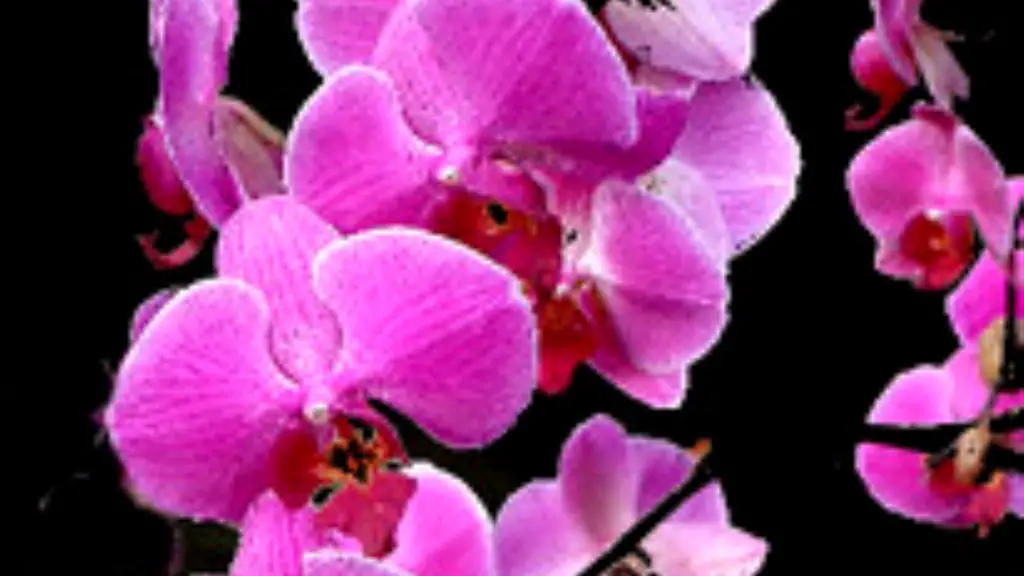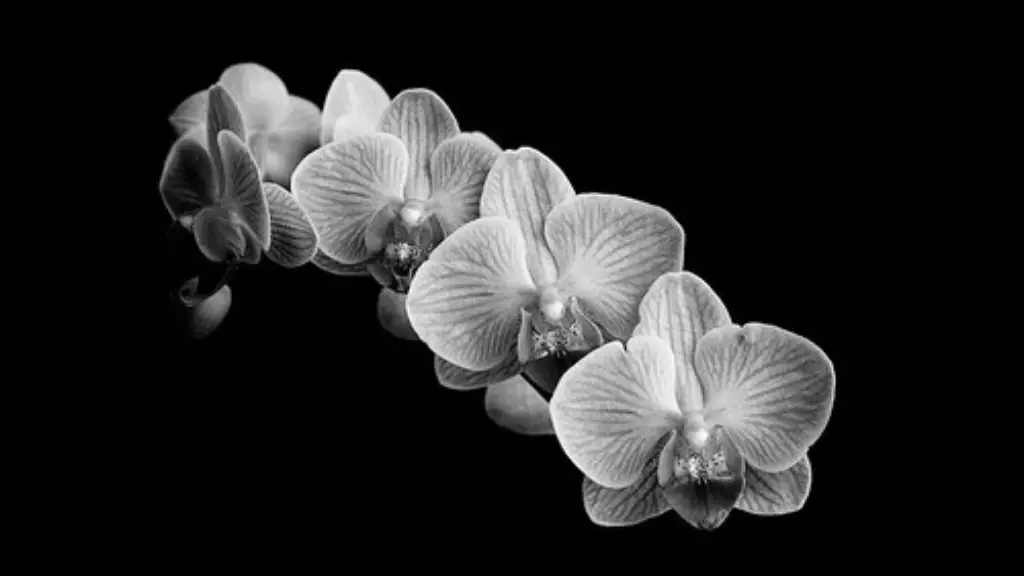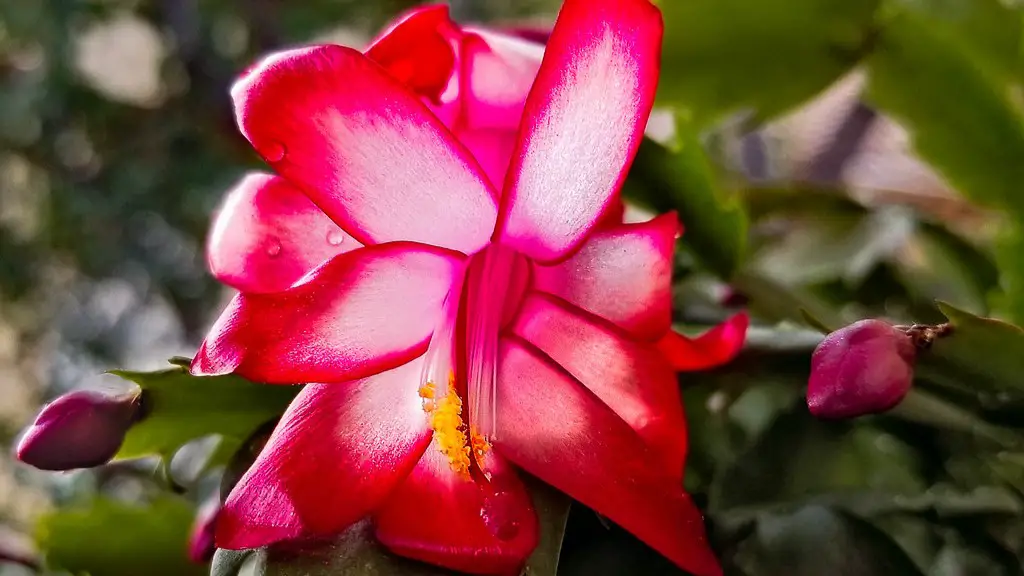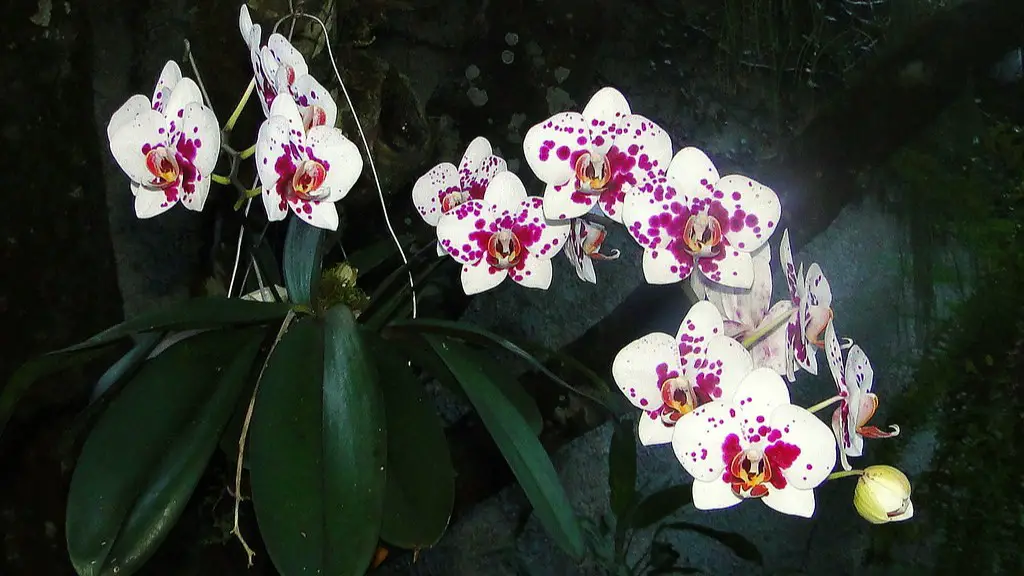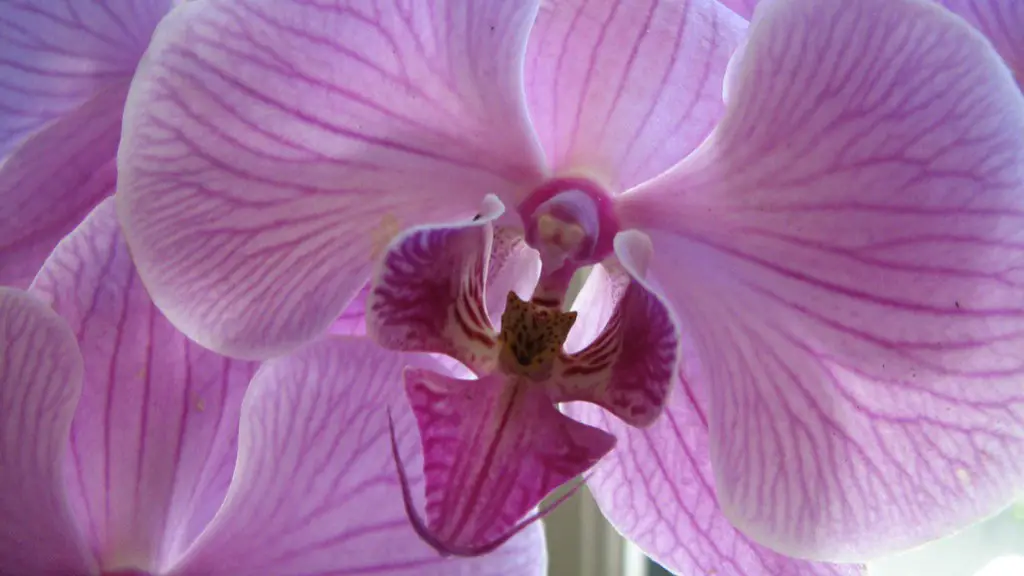Orchids are one of the most popular houseplants, and the phalaenopsis orchid is one of the most popular types of orchids. They are known for their beautiful flowers, which can bloom for several months at a time. However, keeping a phalaenopsis orchid alive can be a challenge, as they are very sensitive to their environment. Here are some tips on how to keep your phalaenopsis orchid alive and healthy:
When it comes to keeping your orchid alive, there are a few key things to keep in mind. First, make sure that you are providing it with the right amount of light. Orchids need a lot of light, but too much direct sunlight can be damaging. If you’re not sure how much light your orchid is getting, a good rule of thumb is to provide it with 12 hours of light each day. Second, make sure to water your orchid regularly. Water your orchid once a week, making sure to water it thoroughly. Allow the excess water to drain away and never let your orchid sit in water. Third, fertilize your orchid regularly. Fertilize your orchid every two weeks using abalanced fertilizer. Lastly, make sure to give your orchid some airflow. Orchids need good airflow to stay healthy, so make sure to provide it with some.
How do you keep an orchid alive indoors?
When you bring your orchid home, place it in a bright spot, but not in direct sun. Orchids are sensitive to cold and drafts, so keep them away from vents and outside doors. Feed once a month with an orchid fertilizer. After all of the orchid flowers have withered, cut back the stem halfway.
If your phal is potted in bark, watering once a week is generally sufficient. If your plant is potted in moss, water when the top feels dry. The amount of light and heat your plant receives will also affect how soon your phal needs watering. Summer months will need more frequent watering, winter will need less.
How do I get my Phalaenopsis orchid to bloom again
To encourage your orchid to bloom again, give it plenty of bright, indirect light. The more light it receives, the longer its blooms will last and the greater its chances of reblooming.
If you’re having problems with your orchids, it could be due to a number of different factors. Overwatering can cause plants to wilt and die, so make sure you’re not giving them too much water. Lack of fertilizer can also be a problem, so be sure to fertilize them regularly. Lack of light can also cause problems, so make sure they’re getting enough light. Finally, the wrong humidity levels can also cause problems, so be sure to keep an eye on that.
How do you care for phalaenopsis orchids indoors?
Phalaenopsis orchids do best under normal room temperatures with indirect light from an east or west window. During the short days in the winter, they can even be moved to direct light or placed in a south window. Orchids can be placed in an interior room or on an office desk if placed under a grow light.
Coffee grounds are a great fertilizer for orchids and African violets. Make sure the potting mix is a little damp before fertilizing, because the roots can burn if they’re completely dry.
Should I mist my Phalaenopsis orchid?
Orchids love humid conditions because they are tropical plants. The easiest way to recreate their humid home is by misting them with a spray bottle.
Orchids require high humidity to grow and thrive, and one way to provide this is to set the plant on top of a pebble tray filled with water. As the water evaporates, it will increase the humidity around the plant. Make sure the water doesn’t touch the bottom of the pot, as this can lead to root rot.
How do I know if my Phalaenopsis needs water
If you see that the leaves of your orchid are shiny and firm, and the roots are firm and green, then you know that you are providing it with the right amount of water. However, if the roots become dark and dry, this means that the plant is not getting enough water. On the other hand, if the roots are yellow, brown, or hollow/flat, this means that you are giving the plant too much water.
Most phalaenopsis species are native to areas close to the Equator and do not need a specific photoperiod to induce flowering. Instead, it is the low temperature that triggers phalaenopsis to start the flowering process.
How long does it take for a Phalaenopsis orchid to rebloom?
The phalaenopsis orchid is a beautiful flower that can bloom for several months at a time. During this period, the plant can be pollinated again and will typically go through a life cycle that lasts 9 to 14 months. If the plant does not die, it can typically re-bloom once every 8 to 12 months.
Phalaenopsis orchids make excellent houseplants because they are long-lived and relatively easy to care for. These beautiful flowers can bloom for months at a time and come in a wide range of colors. With a little basic care, your Phalaenopsis orchid will thrive for years to come!
What does an orchid look like when it’s Overwatered
Healthy orchid leaves will be green, shiny, and firm. Overwatered orchids will have leaves that look limp or sometimes leathery depending on the species. The existing leaves may begin turning yellow, and new leaves may look pleated. Usually a change in the leaves is the most visible warning sign that orchids give.
Orchids that have developed black or brown rotten spots on their leaves should be pruned. Using sterilized scissors, cut out any rotten and discolored spots you see. This will help to prevent the spread of the condition and potentially save the plant.
Can a dried up orchid be revived?
Orchids are susceptible to dehydration, which can manifest in various ways such as small leaves, small bloom stems, or no bloom stems at all. To revive your plant, be sure to water it carefully and consistently, and use a light fertilizer.
If you remove the flower spike entirely, be sure to clip it at the base of the plant. This will prevent the stem from turning brown or yellow.
What is the best way to water a Phalaenopsis orchid
The crown is the center of the orchid, and the leaves and stem are dry. The places in between the leaves are also dry.
The spot for growing orchids is either south or east-facing windows. The west windows are too hot while northern windows are too dark. Orchids under artificial lights is the last resort if you can’t find a good location to grow your orchids.
Final Words
Phalaenopsis orchids are one of the most popular type of orchids, and are known for being easy to care for. Here are some tips on how to keep your Phalaenopsis orchid alive and healthy:
1. Light: Phalaenopsis orchids thrive in bright, indirect light. If you live in a place with low light levels, you can place your orchid near a east- or west-facing window.
2. Temperature: These orchids prefer a temperature range of 65-80 degrees Fahrenheit during the day, and 50-60 degrees Fahrenheit at night.
3. Water: Water your orchid when the potting mix is dry to the touch, but be careful not to overwater. Phalaenopsis orchids are susceptible to root rot, so it’s important to make sure the potting mix drains well.
4. Fertilizer: Use a balanced fertilizer meant for orchids, and apply it according to the package directions.
5. Repotting: Repot your orchid every one to two years, using a potting mix made specifically for orchids.
By following these simple tips, you can keep
The key to keeping your orchid alive is to mimic its natural environment as closely as possible. Orchids like warm temperatures and high humidity, so try to keep your home around 70 degrees Fahrenheit and use a humidifier if necessary. Water your orchid about once a week, using lukewarm water, and be sure to let the potting mix dry out completely between watering. Don’t forget to fertilize your orchid every other week, using a balanced fertilizer formulated for orchids. With a little care, your orchid will thrive and bloom for years to come.
